Owners of vegetable gardens and summer cottages have to deal with copper sulfate (copper sulfate) every year. The fungicide is effective. Has been used for more than one year. Helps tidy up the soil and plants, rid the garden of pests, deoxidize the soil, and enrich it with important elements. It is better to use vitriol in the fall, when vegetables and fruits have been collected, the leaves have fallen and obstacles to the harvest in the new year are visible.
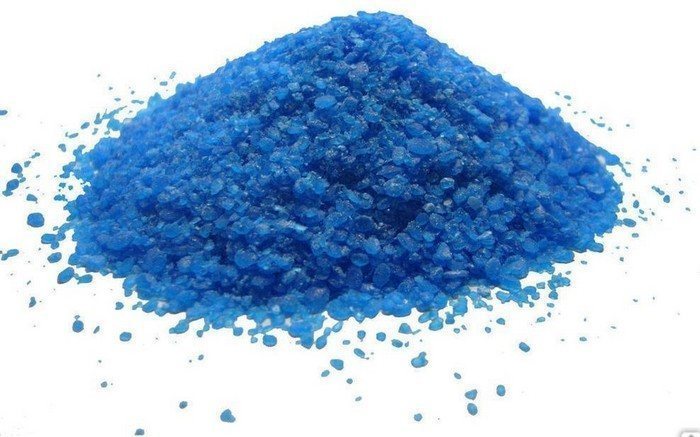
What is copper sulfate
This fungicide is an inorganic substance that is produced industrially. In appearance it resembles blue crystals with different shades. Incompatible with insecticides containing phosphorus and substances that decompose in alkali. Dissolves quickly in water, especially hot water.
The drug is of moderate toxicity to humans and animals. Metal containers are not suitable for storing copper sulfate, as they are destroyed due to the chemical properties of iron.
Why copper sulfate in the fall at a summer cottage?
Plants have serious enemies - fungi and mold, whose spores and mycelia attach to wood, roots, and settle in the soil and substrate. Preserved in winter. And for the new season they are ready to again infect the soil, trees and vegetable crops with scab, powdery mildew, and other infectious diseases.
Vitriol comes to the rescue - a powerful fungicide that can cope with pests. Protect plants and soil from diseases. Disperse rodents, caterpillars and other harmful creatures.
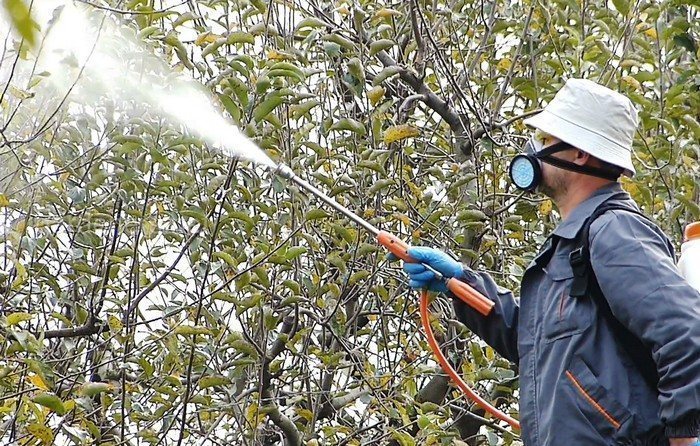
What else is copper sulfate useful for in the fall?
In addition to fighting parasites, copper sulfate is a fertilizer for peat bogs, sandy and depleted soil, since there is almost no copper there. Vitriol helps correct the situation and enrich the soil.

Tips for preparing for the procedure
Copper sulfate is a popular fungicide among gardeners who enjoy using it. But we should not forget about safety precautions when working with it.
Things to take care of:
- about work clothes and shoes, gloves, glasses or a respirator;
- about the container for diluting the drug, not used for food and water;
- about the absence of strangers and animals on the site;
- about the disposal of the waste solution, since drinking water bodies are not suitable for these purposes.
Choosing the time for the procedure:
- calm weather;
- lack of flowering;
- temperature below 30°.
After finishing working with copper sulfate, wash your hands thoroughly.
Recommendations for spraying with copper sulfate
Before autumn processing, trees are pruned, loose bark is cleared, cracks and cuts are treated with garden varnish, and fallen leaves are removed.
Before processing the soil, remove debris, remove roots, weeds, dig, and break clods.
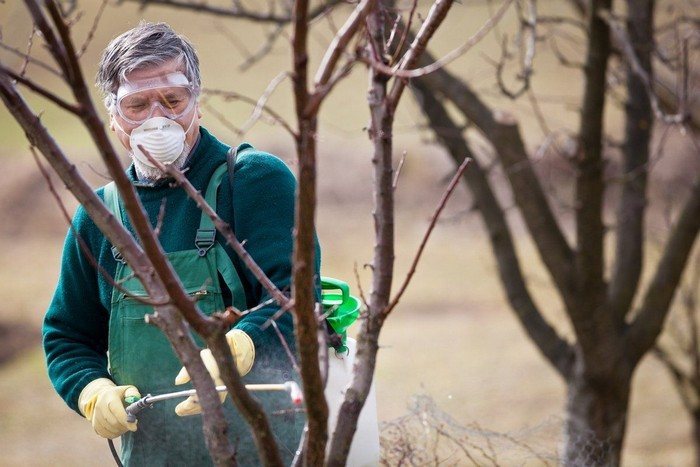
Tillage
Types of processing:
- Copper sulfate as a fertilizer. The procedure is carried out in autumn or spring every 5 years. With more frequent processing, the soil becomes oversaturated with copper, which can lead to poisoning. Use a 0.1% solution.To obtain it, 100 g of copper sulfate is dissolved in 100 liters of water.
- Disinfection. Combine 100 g of the drug and 3–5 liters of water at a temperature of 50°C. After complete dissolution of copper sulfate, the volume of the solution is adjusted to 10 liters. Water from a watering can at the rate of 20 liters per 1 square meter. m.
For heavily infected soil, the amount of the drug is increased by 3–5 times. After such intensive treatment, the land cannot be used for planting for a year.
Garden treatment
Trees and shrubs are often treated simultaneously with the soil. Autumn treatment will protect the garden not only from pests, but also from diseases such as scab, cytosporosis, black cancer, leaf spot, and fruit rot.
For each tree, 2–5 liters of solution is consumed, prepared according to the same recipe as for the soil. It takes 1.5 liters per bush.

Greenhouse treatment
Before disinfection, the greenhouse is washed. Then add a solution of bleach, obtained by dissolving 0.4-1.0 kg of the product in 10 liters of water. Sometimes the solution is replaced with dry lime for digging.
In case of severe infection, the soil is treated with a formaldehyde solution. Add 100 ml of the product into a large bucket of water and treat the soil at the rate of 20 liters of solution per 1 square meter. m. If the infection is weak, this point is skipped.
To treat, 75 g of the product is dissolved in a 10-liter bucket of water. In severe cases, the dosage is increased to 200 g.
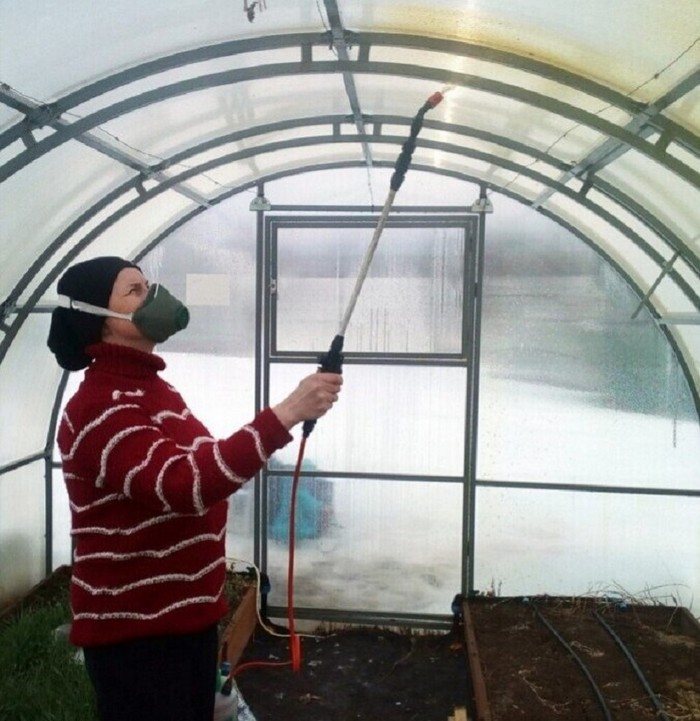
Strict adherence to the dosage will prevent burns and damage to plants.
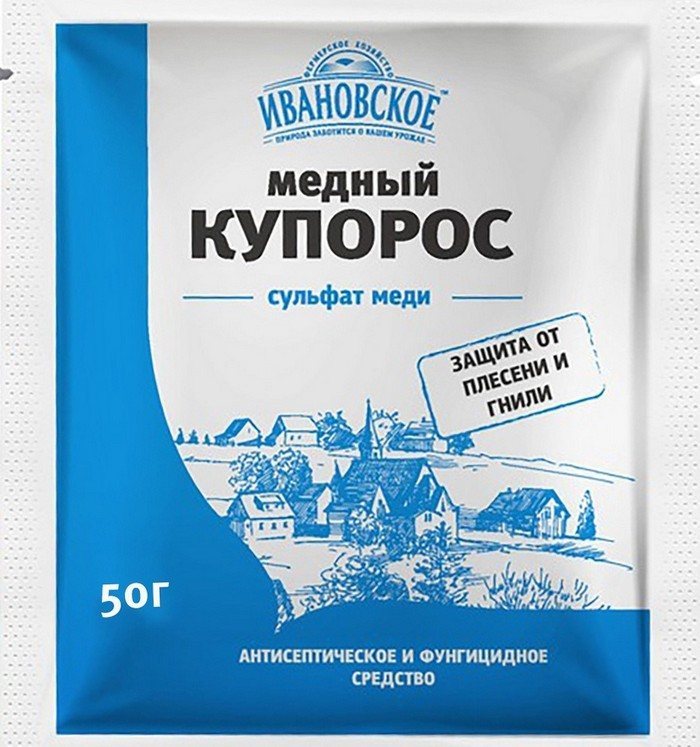
Copper sulfate is a proven remedy that has been used in the garden for a long time. Reasonable use will give the soil and trees health, beauty, and a good harvest. But improper use will harm the land, garden and vegetable garden.


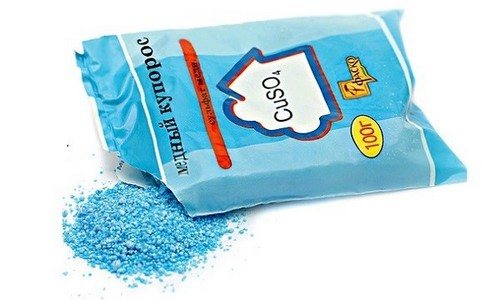
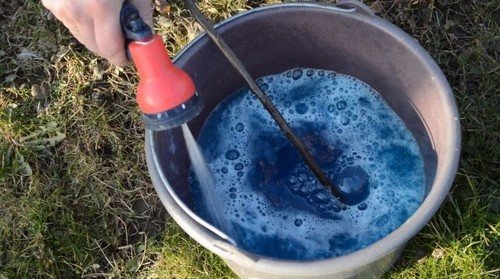
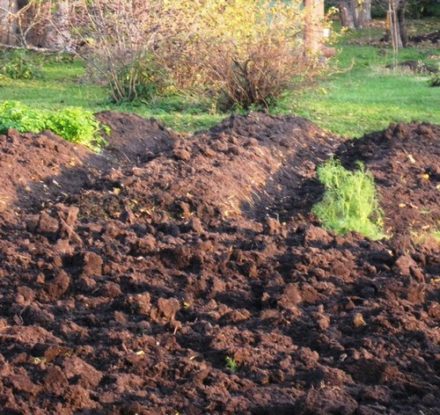



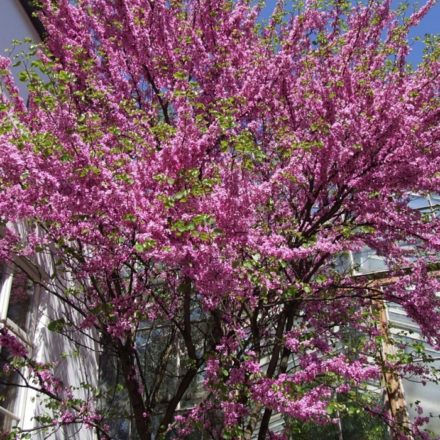
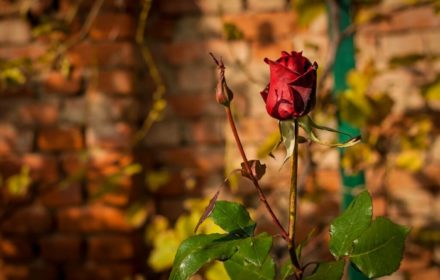
refrain from using copper sulfate to treat the soil…….copper ions only act on the fruiting body or germinating hyphae…. Few people can properly prepare Bordeaux mixture….phytotoxic during flowering…..do not treat metal-based greenhouses….do not kill soil biota…..
Excerpt from the publication: “...In case of severe infection, the soil is treated with a formaldehyde solution. Add 100 ml of the product into a large bucket of water and treat the soil at the rate of 20 liters of solution per 1 square meter. m. If the infection is weak, this point is skipped....”
Are you seriously? Two buckets per sq. meter???